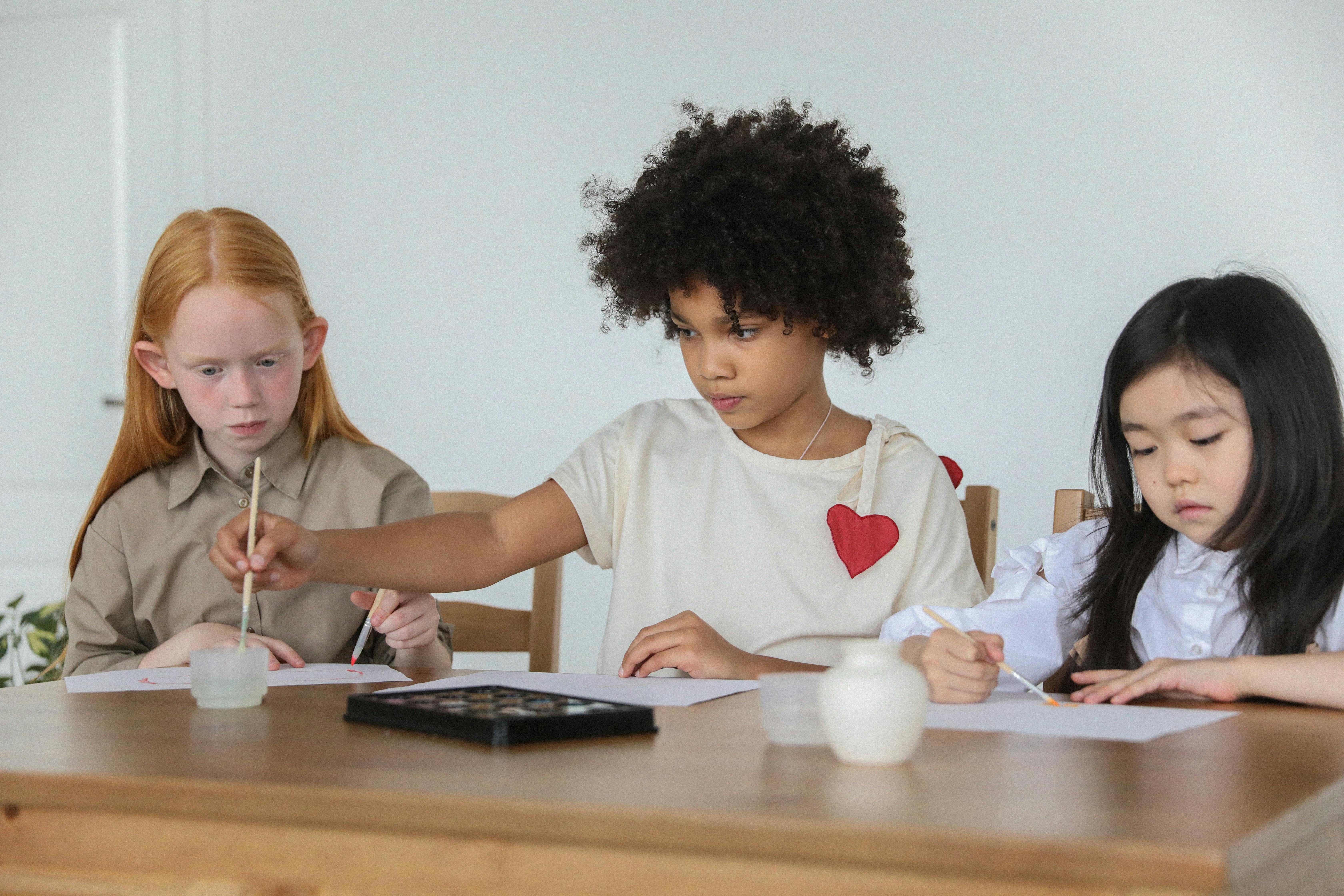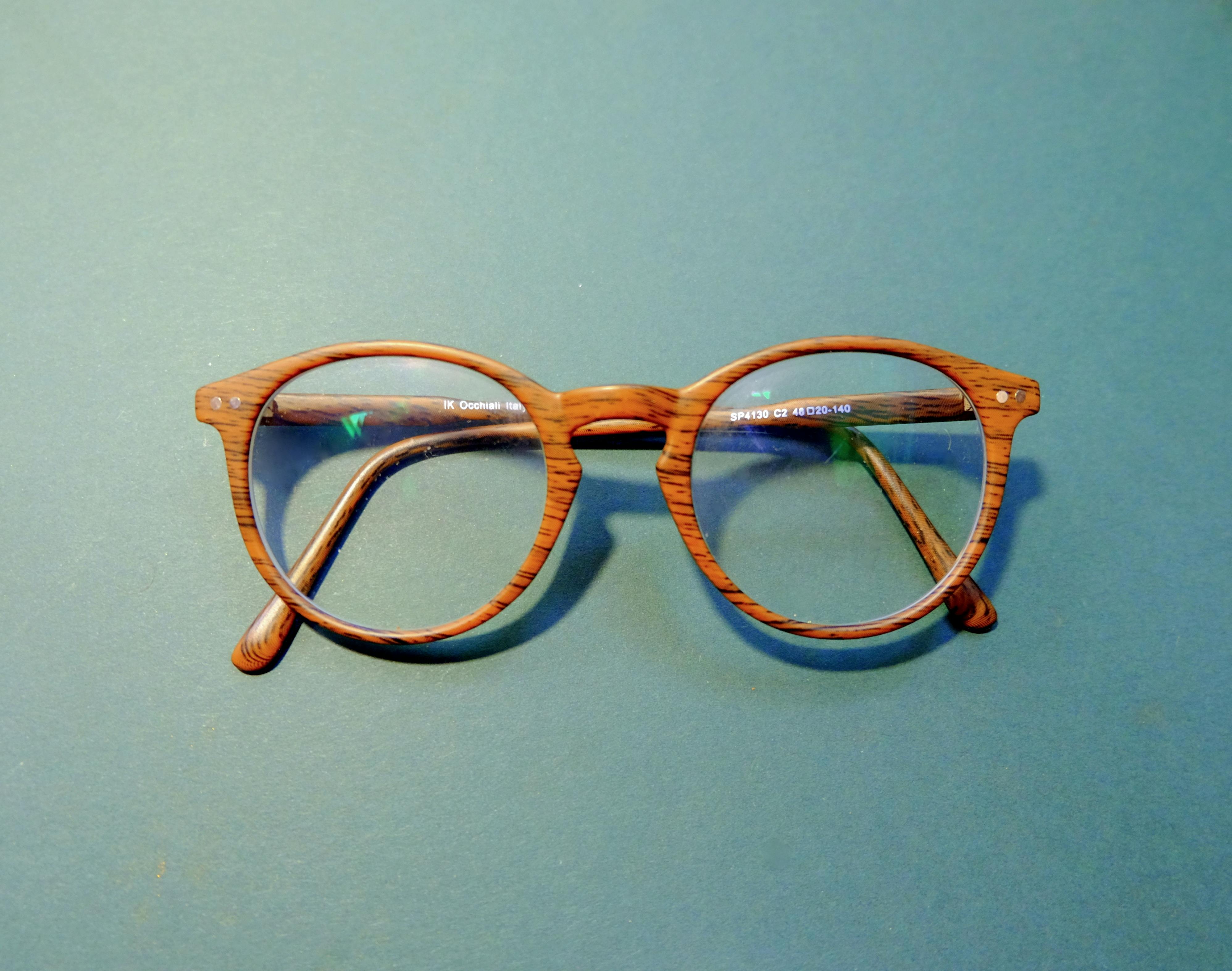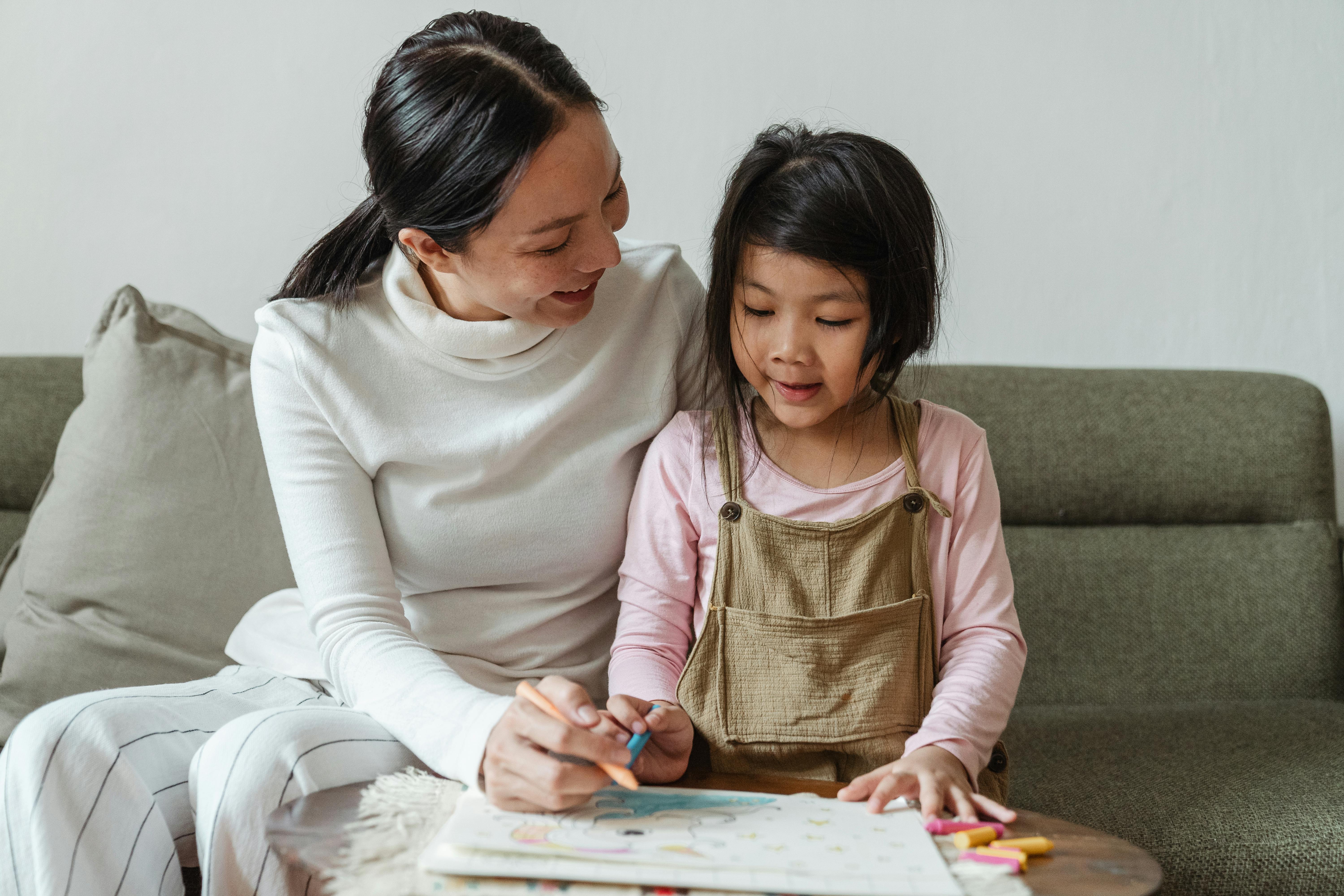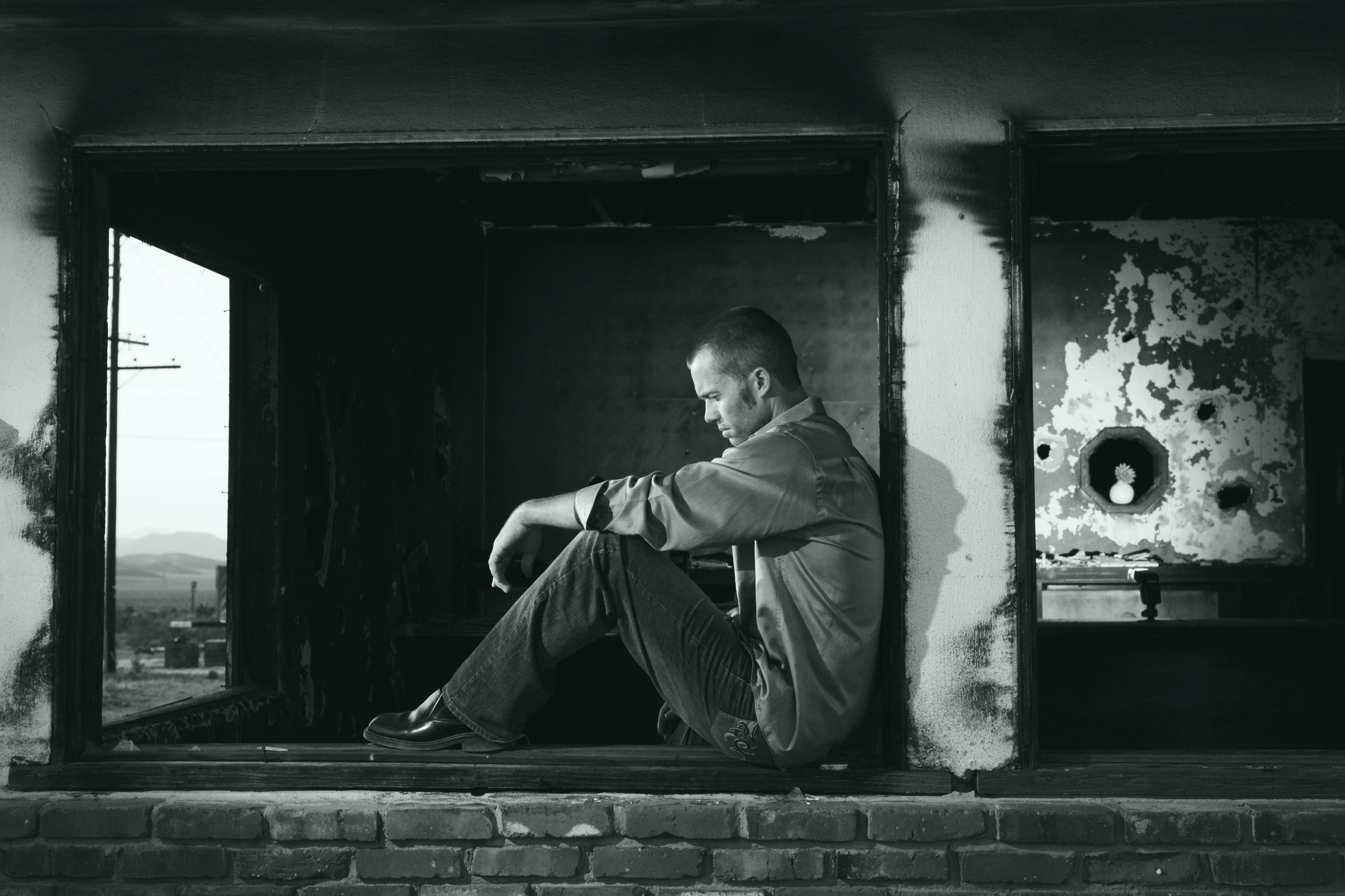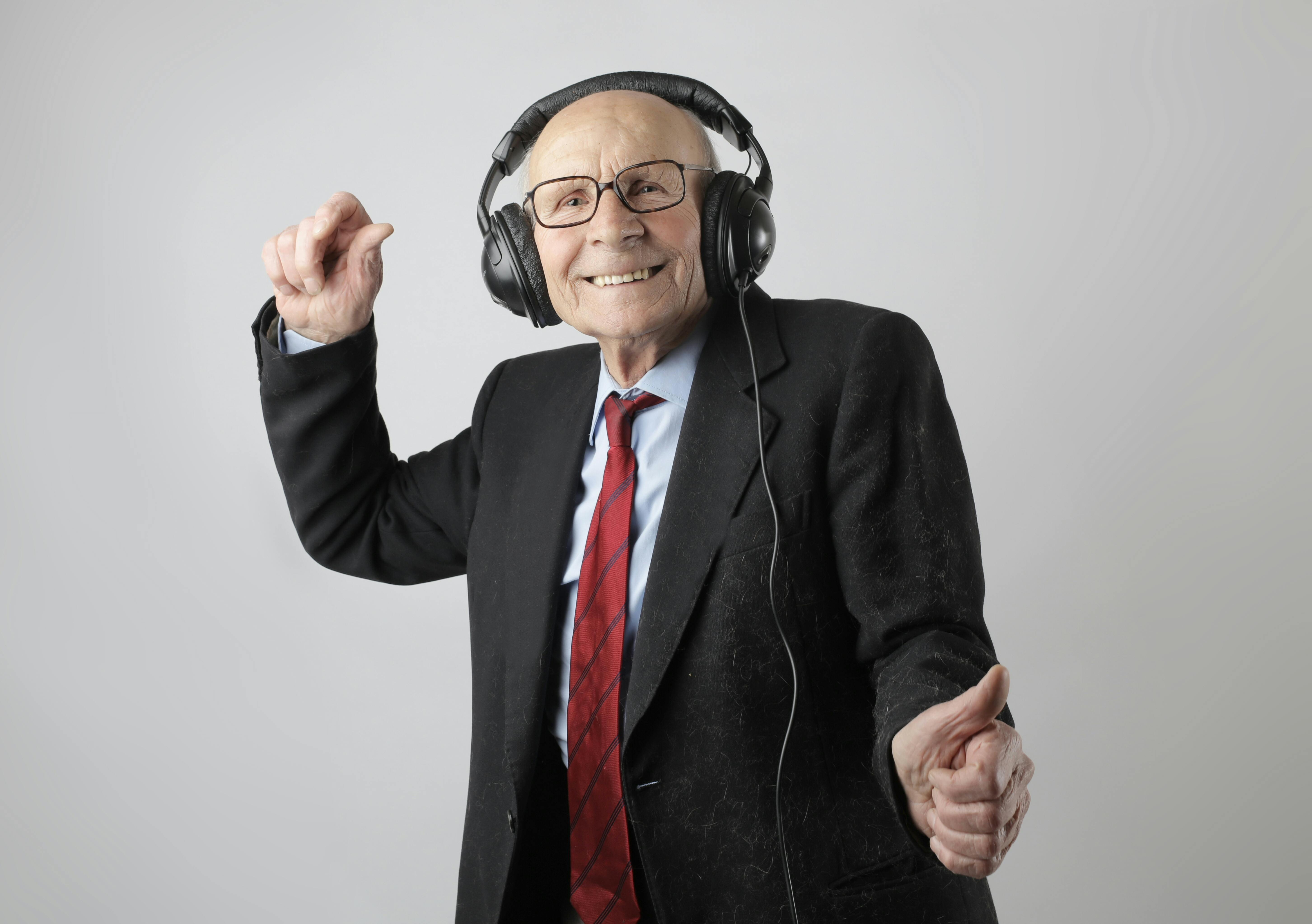The word “Aromatherapy” appears in so many places and on so many products that it’s no wonder many people are very confused about what it really means.
Unfortunately, there is no legal definition of “aromatherapy” so sadly this is not likely to change in the near future.
So what exactly is “aromatherapy”? Is it more than just something that smells good?
The word “aromatherapy” can imply that the therapy is all about aromas. But more than pleasant smells, aromatherapy uses the aromatic components of plants for its healing and health benefits.
Aromatherapy is the practice of using essential oils, volatile plant extracts, to promote and enhance the health of the body, mind, and spirit.
It is important to remember that the essential oils used in aromatherapy are all pure oils of vegetable origin. They do not include synthetic oils or fragrances or other aromatics like incense and they do not include many products on the market that use the word aromatherapy to denote any product that smells good, even if there are no therapeutic benefits. (Look for more information on essential oils in future blog posts.)
Another characteristic of aromatherapy is that it is a holistic therapy in the sense that the effects can be felt on multiple levels: physical, mental, emotional, spiritual and energetic. This means that aromatherapy can have benefits for everything from physical ailments to mental and emotional effects and more.
For this reason, aromatherapy combines very well with other modalities. So you can see aromatherapists who also practice massage, naturopathy, nursing, midwifery, kinesiology, and many other fields. Or essential oils incorporated in other modalities by a variety of professionals. (To use essential oils, any doctor needs to have the proper training, many do, but some don’t – we’ll cover how to tell in a future blog post.)
Aromatherapy, when practiced as a professional modality, is directed to the particular needs of an individual, using the detailed knowledge of the therapist to create a unique treatment program. This may include massage or other body treatments or treatments to be used by the client at home.
Of course, aromatherapy can also be practiced on a more basic level at home using essential oils in diffusers, inhalers, or in massage or body oils and skin care products. They can even be used for cleaning and other uses around the home.
There are many ways to use aromatherapy to enjoy the benefits of essential oils. Keep an eye out for future posts with more information on the many ways you can use essential oils.
